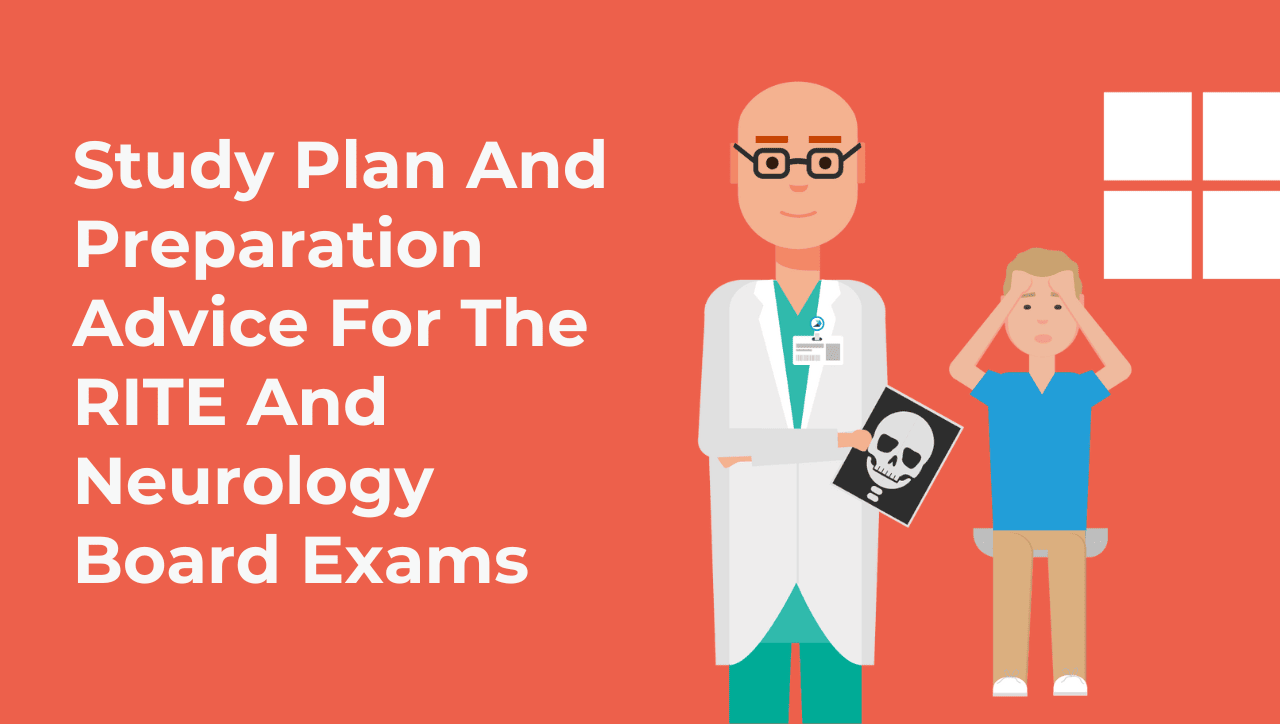2025 New Edition Neurology RITE Sample Question
Neurology RITE Exam success just got better! With updated questions, clear and concise explanations, and hundreds of visuals designed to support your exam excellence, TrueLearn’s RITE SmartBank is the top choice for your exam preparation.
Here’s what you get with the RITE SmartBank 2025 New Edition:
- 1000+ RITE Style practice questions
- 200+ questions requiring interpretation of an image
- 500+ high-yield illustrations, visuals and tables
Try This RITE Sample Question from the 2025 New Edition
A 55-year-old man comes to the office for right leg weakness. He started having lower back pain 6 months ago with subsequent pain going down his leg and weakness. On examination, he has weakness of hip abduction, knee flexion, and ankle dorsiflexion, inversion, and great toe extension. He has sensory loss over the lateral aspect of the leg and the dorsum of the foot. The rest of the exam is normal.
Which of the following should be seen on electromyography (EMG)/nerve conduction study (NCS) with the suspected diagnosis?
A. Decreased sensory nerve action potentials in the superficial peroneal nerve
B. Denervation in L5 paraspinal muscles
C. Absence of large motor units in the biceps femori muscle
D. No fibrillation potentials in the gluteus medius
Show The Answer Key
Did you get it right? The correct answer is B.
Answer Explanation
Paraspinal muscle involvement is a hallmark of radiculopathies and a good differentiator from plexopathies and neuropathies. Paraspinal muscles are innervated by the dorsal rami of nerve roots. The anterior rami go on to form plexi and nerves. For this reason, paraspinal muscles are not involved in plexopathies.
This patient’s clinical syndrome fits with L5 radiculopathy, which is one of the most common radiculopathies. Patients present with radiating back pain, weakness of L5-innervated muscles (gluteus medius and minimum, tensor fasciae latae, tibialis posterior and anterior, extensor digitorum brevis, and extensor hallucis longus), and sensory loss over the lateral aspect of the leg and dorsum of the foot.
Electromyography (EMG) and nerve conduction study (NCS) are valuable tests for radiculopathies. EMG shows signs of denervation/reinnervation of muscles innervated by the root in question.
Incorrect Answer Explanations
Answer A: Sensory nerve conduction in radiculopathies are normal given that the lesion is proximal to the dorsal root ganglion.
Answer C: Large motor units can be seen in the biceps femori muscle because the EMG would show signs of denervation/reinnervation of muscles innervated by the L5 root.
Answer D: Fibrillation potentials can be seen in the gluteus medius because the EMG shows signs of denervation/reinnervation of muscles innervated by the L5 root.
Bottom Line
Sensory nerve conduction is characteristically normal in radiculopathies due to the lesion being proximal to the dorsal root ganglion.


![How I Studied for the Neurology RITE<em>®</em> Exam [Study Tips Series]](https://truelearn.com/wp-content/uploads/2020/11/Featured-Image-04-scaled.jpg)